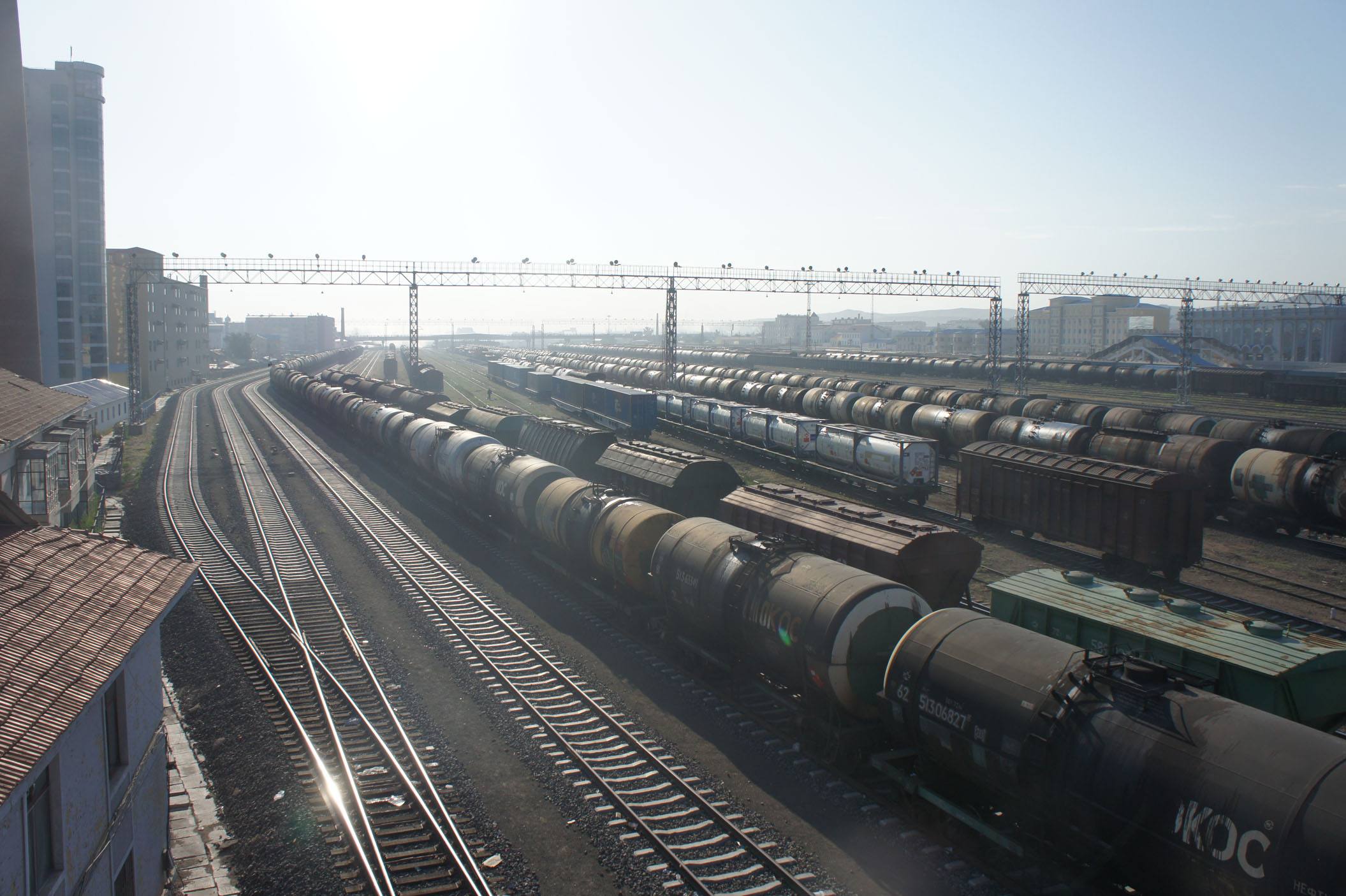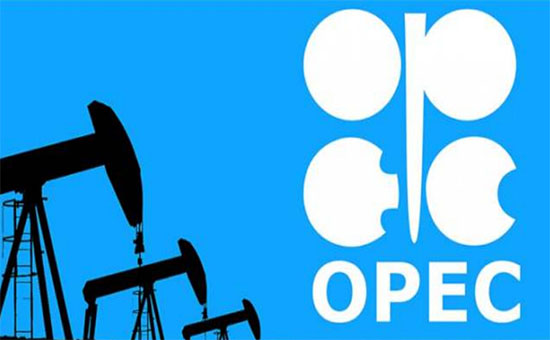Abstract: On July 15, according to the market trend chart, today, whether it is US crude oil or Brent crude oil, after the opening of the market, it is in a slight correction. However, this trend in international oil prices does not mean that it will fall.
On July 15, according to the market trend chart, today, whether it is US crude oil or Brent crude oil, after the opening of the market, there is a slight correction. However, this trend in international oil prices does not mean that it will fall.

In the future, with regard to the trend of international oil prices, some people in the market believe that international oil prices will "turn up" and will soon get out of the current consolidation range.
According to the market trend chart, recently, during the Asian session, the international oil price first "falled", and then, in the European and American session, the international oil price "turned up" again.
For example, in the morning, the price of U.S. crude oil was still below $40/barrel, and in the afternoon or evening, the price of U.S. crude oil rose back to over $40/barrel.
This phenomenon shows that the crude oil bulls are relatively strong. In addition, other factors are also very "powerful", which have been supporting the international oil price, but it could not be a step down.
According to relevant OPEC+ sources, in June, OPEC+’s implementation rate of production cuts was as high as 107%, which shows that some member states are reducing production "excessively." According to reports, since OPEC+ implemented the "production reduction agreement" in April, the implementation rate of its production reduction has not exceeded 80% once.
Before June, OPEC+'s implementation rate of production cuts did not even have 80%, let alone 100% met the standard. In June, OPEC+ "cut production" excessively, which boosted the rise of international oil prices.
Perhaps, in the future, countries with excessive "production reductions" will continue. In this way, it will offset OPEC+'s market expectations of reducing production, thereby supporting international oil prices.

According to the existing supply agreement, OPEC+ will reduce its record output of 9.7 million barrels per day from August to December to 7.7 million barrels per day.
According to this standard, from August, OPEC+ will provide the market with an additional 2 million barrels of crude oil per day. Later, due to the "excessive" cuts in some members of OPEC+, it may reach 2 million barrels per day.
Because oil-producing countries such as Iraq and Angola have to implement the previously uncompleted implementation rate of production cuts, future "excess" production cuts in these countries will offset OPEC+'s future market expectation of an increase of 2 million barrels per day, thereby boosting international oil prices.
In addition, the current "recovery" of market demand may also boost international oil prices. Early this morning, the data released by the American Petroleum Institute can illustrate this problem.
Data show that the US API crude oil inventory for the week ended July 10 was -8.322 million barrels, with an expected value of -2.275 million barrels, compared with the previous value of 2.05 million barrels.
From the data point of view, last week, the US API crude oil inventories "fallen" sharply, down by 6.047 million barrels more than expected. US API crude oil inventories have fallen sharply, indicating that market demand is "strong".
At the same time, the "improvement" of some US economic data has also supported international oil prices, which may also help international oil prices rise.

The data shows that the US June NFIB Small Business Confidence Index was 100.6, and the expected value was 97.8, the previous value was 94.4; the US June seasonally adjusted CPI monthly rate was 0.6%, the expected value was 0.5%, and the previous value was -0.10%.
Judging from the two published data, their actual published values are "stronger" than expected, which to a certain extent shows that the US economy is "recovering". At the same time, small businesses are also full of confidence in the future of the US economy. Otherwise, this index will not "rise" for two consecutive months.
Therefore, the "strong" economic data in the United States will stimulate the market demand for crude oil to a certain extent, thereby boosting international oil prices.
At present, international oil prices have "stopped falling" and market calls for "turning up" are very loud. However, the fear of the second spread of the global epidemic is still a "blocker" in restraining the rise of international oil prices.
Therefore, under the market expectation that international oil prices will "turn up", we must be cautious about the suppression of the new crown epidemic on the rise of international oil prices. What do you think?
